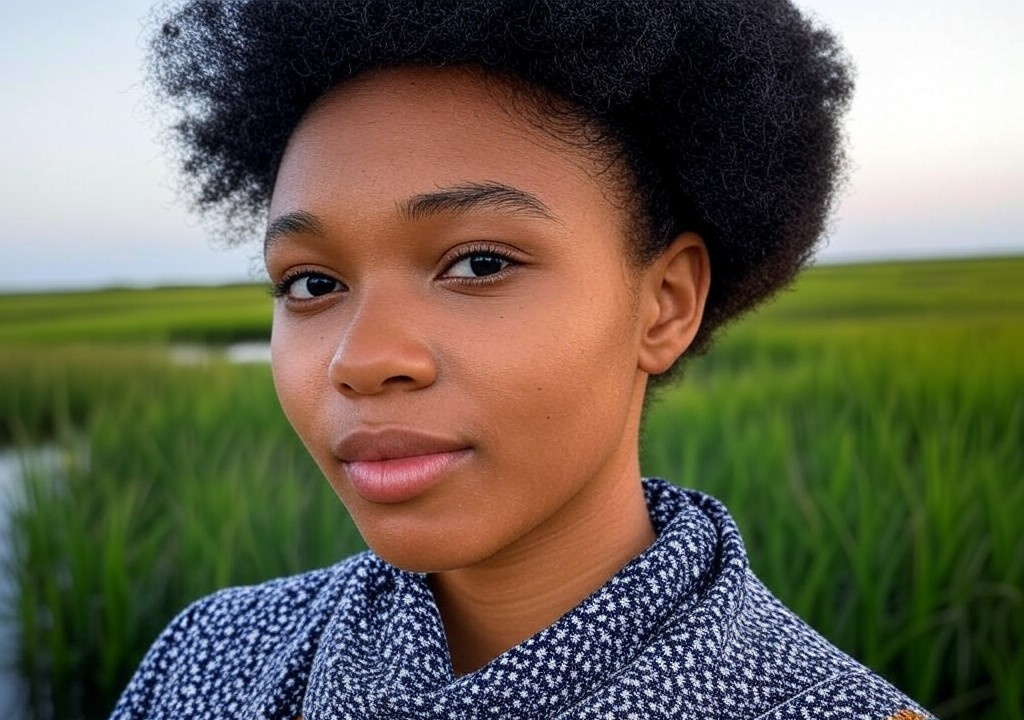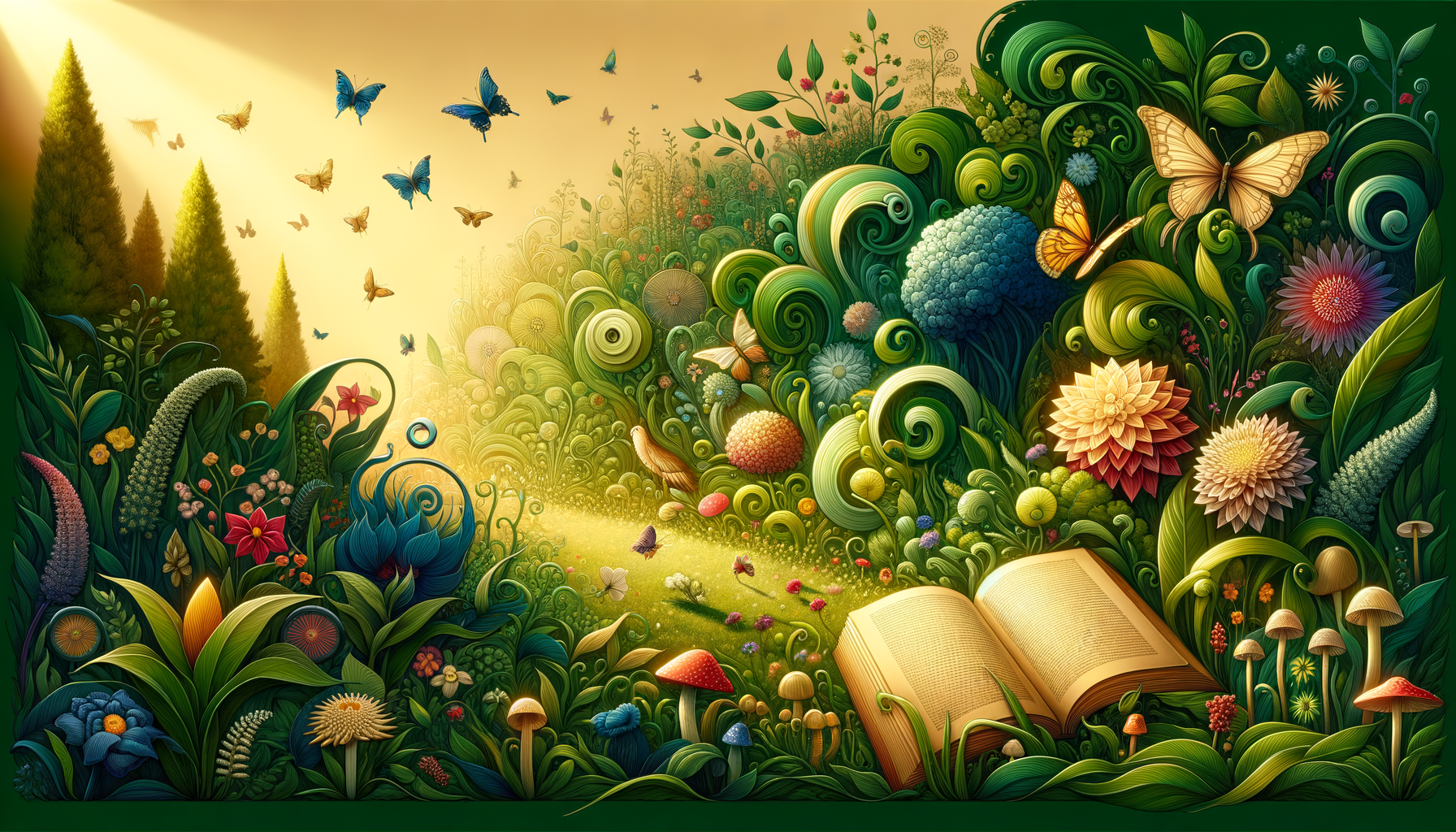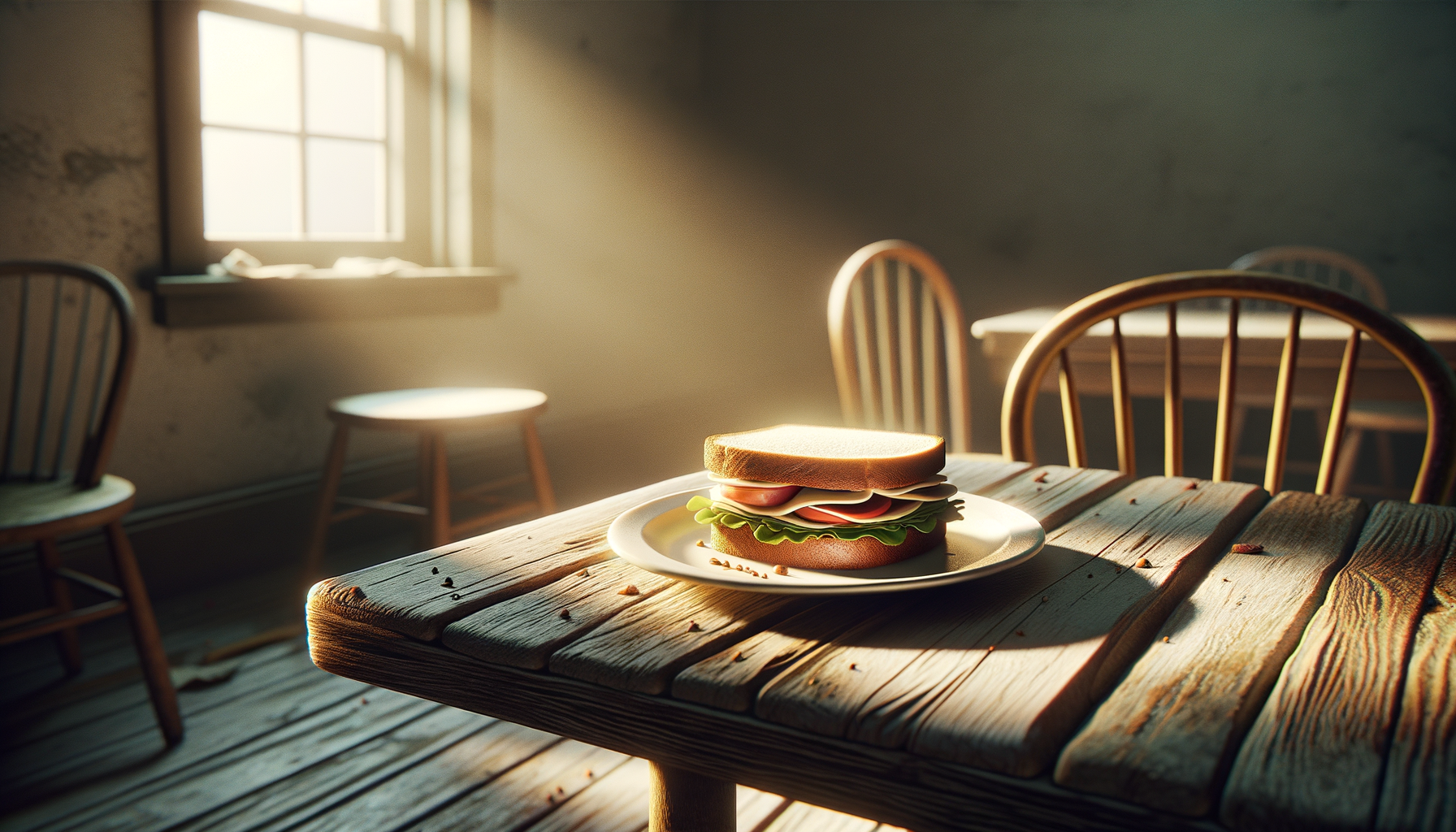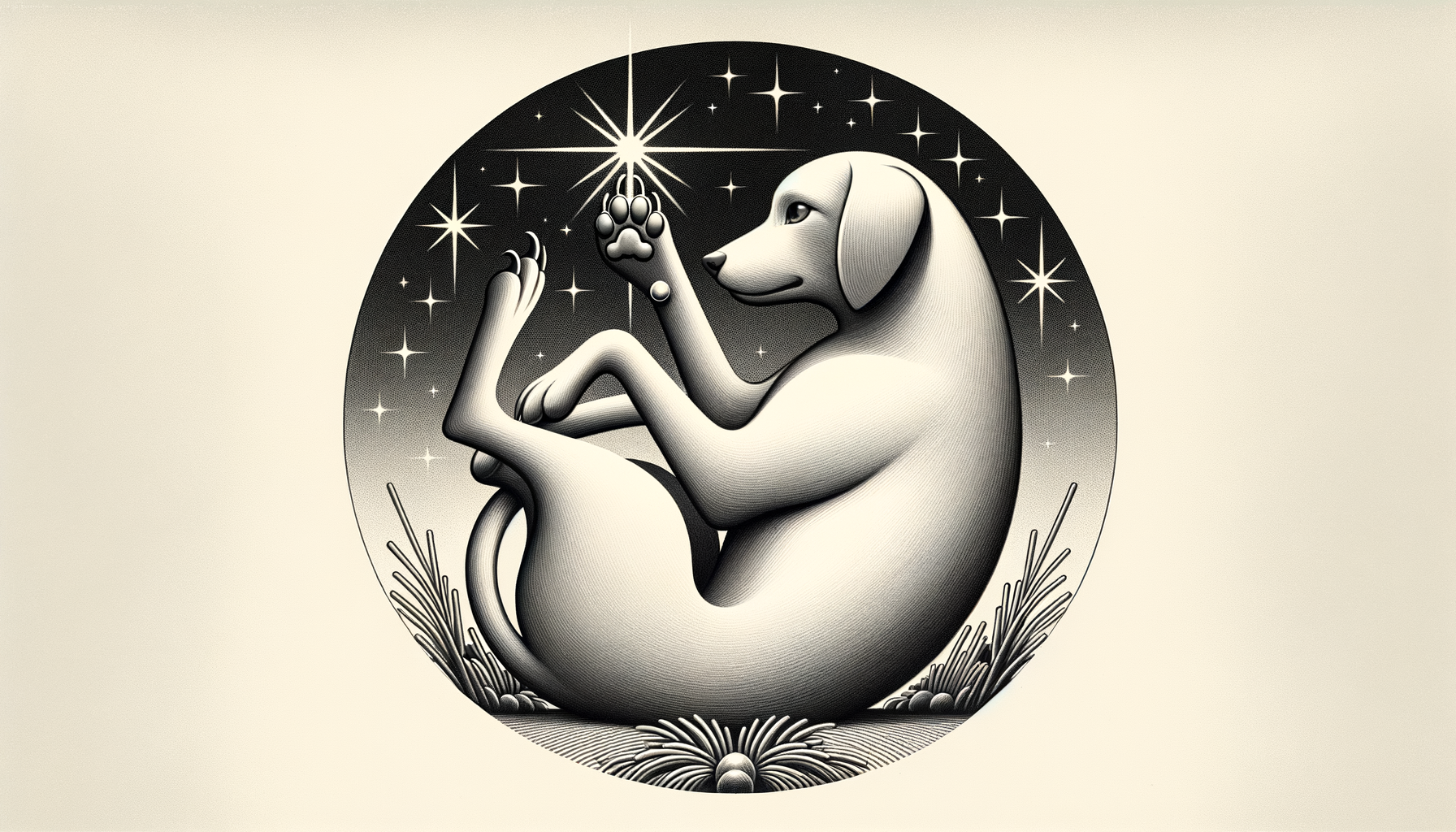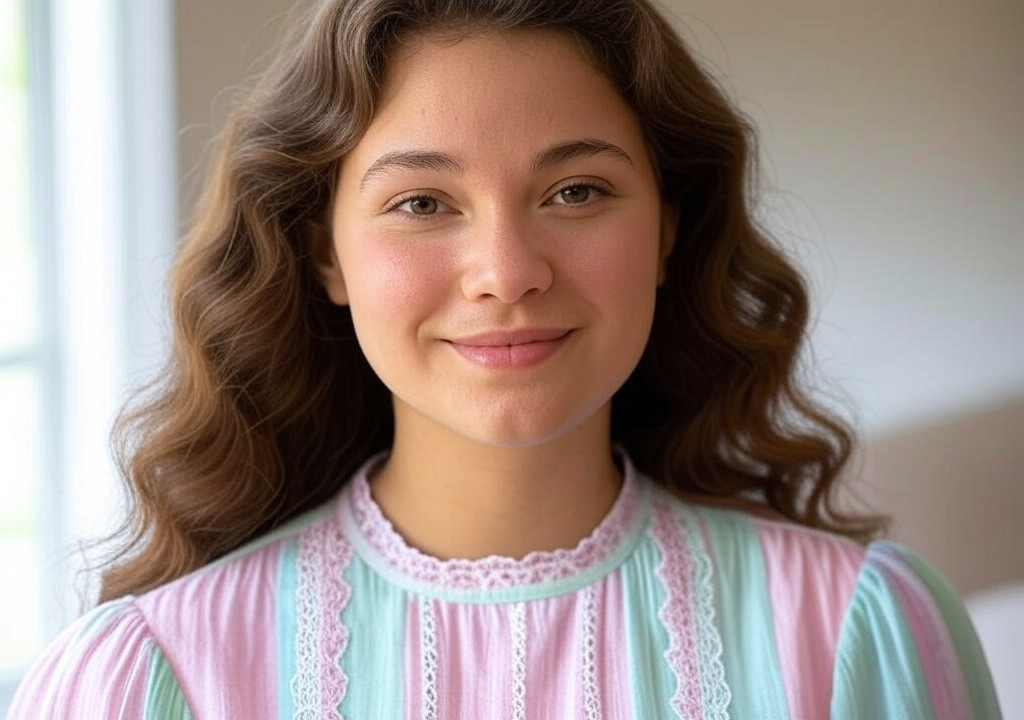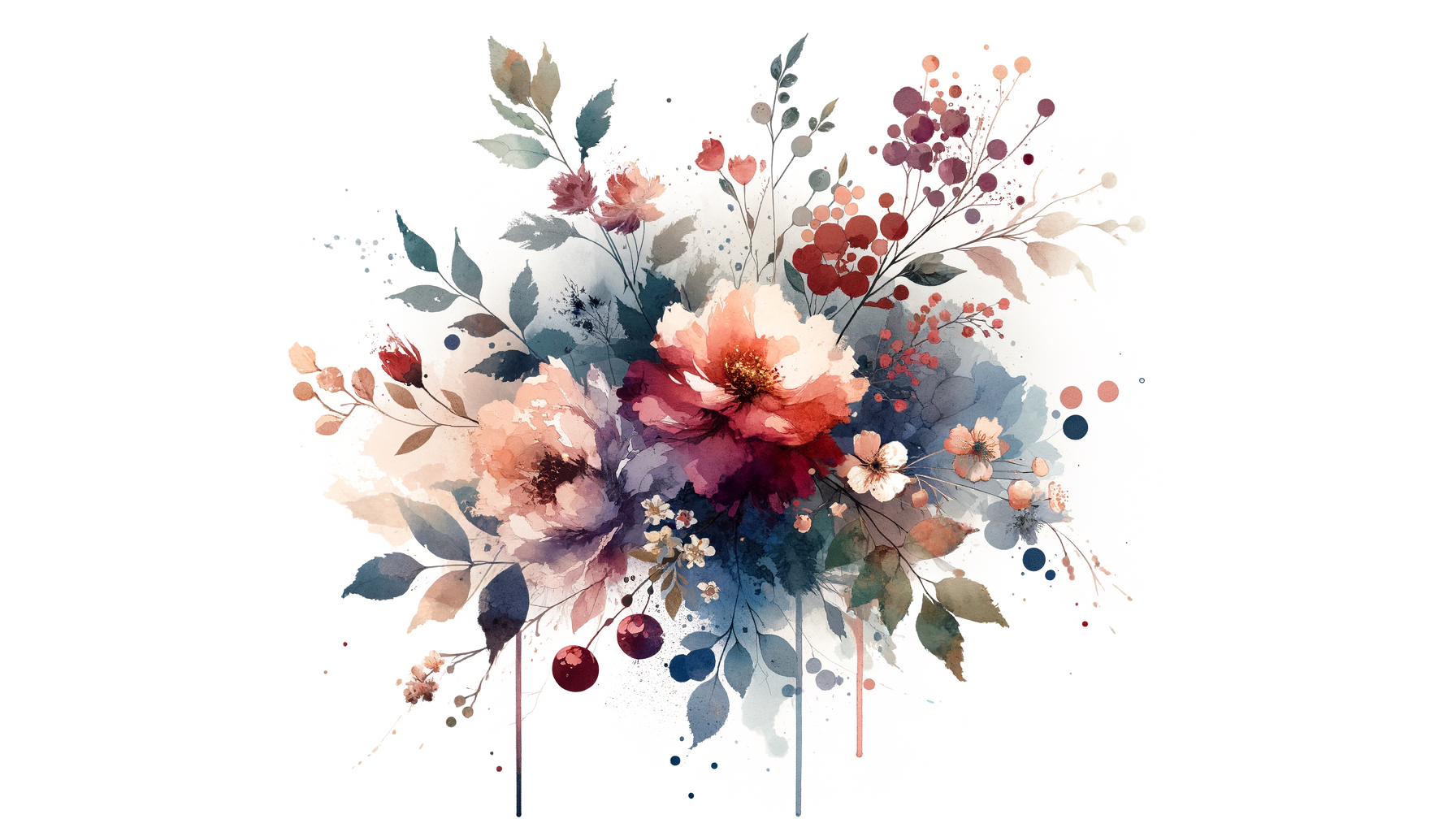The First Time I Felt Joy Doing This
A Gullah Blessing in Disguise
The first time I felt genuine joy doing something, it snuck up on me, like a summer storm rolling in over the Charleston marshlands. Growing up, joy wasn’t something we sat around chasing—it was baked into cornbread, delivered through sweet tea on the porch, or caught in the sound of my grandfather’s laugh. But me? I wasn’t looking for joy; I was hunting achievement. You know, that gold-star, “A+ on the life report card” kind of feeling. It's what my parents—hardworking Gullah Geechee educators—had instilled in me.
So, when I packed my bags for Spelman with dreams of becoming the next Zora Neale Hurston, I had no idea the work I thought was "serious business" would also sneak some joy into my life.
I discovered it by accident—sitting at a Soul Food Sunday dinner years ago. I'd pulled out a crumpled notebook to jot down my grandmother’s recipe for okra stew. But instead of measurements, she gave me stories: about her mother’s altar of cast iron pots, about love that tasted like butter and onions, and forgiveness that felt like ladling shrimp over rice. Somewhere in between her "you better not forget to add the bacon grease" and her warning, "don’t be one of those girls who listens to boys who can’t hold a skillet," I realized I wasn’t just recording recipes—I was weaving heritage.
The joy arrived fully later, though, through something I least expected: writing fiction about love and relationships, recipes and all.
Crumbs of Truth: My Unlikely Path to Romance Writing
Let's get something straight: I was not born a romantic. As a kid, I thought love looked like the quiet companionship my grandparents shared over bowls of Hoppin’ John. Subtle. Intimate. To this day, one of the most romantic things I’ve ever seen is the way my grandfather still cut my grandmother’s cornbread perfectly down the middle so she’d get the bigger half.
But as a teenager? Lord have mercy, I thought romance was that fireworks-in-the-rain ridiculousness they sold on reruns of The Notebook. (It definitely did not feel like that when I went to prom with Todd from my geometry class, who refused to dance because his rented loafers were rubbing blisters.)
When I enrolled in Spelman, my essays for lit class read like a history channel documentary on "oppressed-but-resilient Southern women." Important stories, sure, but I kept peeling away the layers of their lives and finding—guess what? Love. It wasn't always pretty love, and it wasn’t always grand; sometimes it looked like gathering dandelions from a roadside or stitching clothes by lantern light. Love, I learned, was in the mundane stitching-together of lives.
So, I started writing tiny love stories in the margins of my journals—not thinking much of it. At first, it felt silly, like trying on a big floppy hat in a department store mirror for fun. But the joy snuck in when I started sharing them with friends. One would laugh; another would sigh and say, "Girl, this happened to me just last week with art school Andre!" Every time, my stories brought a little piece of joy jaggedly shaped from my own experiences to someone else’s.
It hit me that whether my grandmother knew it or not, her recipe stories weren’t just about food—they were about connection. And my stories? They were just the same; I was stitching pieces of myself into narratives in the hope someone else could say, "that’s me too."
Why JOY Feels Big But Happens Small
If you’re waiting for me to turn this story into an instant Hallmark moment where I declared, “I’m a writer!” while fireworks burst overhead, let me go ahead and let you down easy. Joy doesn’t explode—it seeps in, quietly, like warm sunlight through a lace curtain.
I felt it strongest after my first published short story. It fictionalized a particularly embarrassing date I had in grad school (imagine showing up to dinner with a man who genuinely debated the existence of seasonings—he called salt "a culinary crutch"). When it was released online, readers started messaging me with their own worst date stories. Strangers telling me they’d never dared to laugh about a breakup before!
And suddenly, I knew that joy didn’t come from expertly crafting characters, or perfecting metaphors, or even seeing my byline in print. It came from breaking something wide open—whether it’s a simmering pot of shrimp and grits or a complicated question like, “Why are we all so bad at this dating thing?”
Joy Is in the Story You Share
So, how do you find your own joy? Maybe, like me, you trip over it when you’re doing something as small as jotting down an old family story. Or maybe you burn three batches of cookies before perfecting the fourth, and suddenly "culinary patience" doesn’t feel like a foreign language anymore.
Here are a few lessons joy taught me along the way:
- Do the thing that makes you lose track of time. Whether it’s writing bad poetry or reupholstering the thrift store chair no one else wanted, lean into it. Joy comes from action, not overthinking.
- Forget perfection. My best writing has come from showing the messy, awkward, weird parts of myself. Your best whatever-it-is will too.
- Share it. A joy hoarded is a joy half-lived. Put your art, cooking, jokes, or simply your story out into the world.
The Bigger Half of the Cornbread
Joy, at its core, is about connecting in ways that matter. Whether it’s with an audience, a partner, or just yourself, it always comes back to that bigger half of the cornbread someone saved for you.
For me, that joy lives in the words I wrestle into stories—stories that blend my blurbs about bad dates, my grandmother’s buttery life lessons, and the unshakable belief that joy isn’t a fleeting feeling but something we build, one crumb at a time.
So, go ahead. Feel that joy—big, small, or ridiculous. And maybe next time you cut a slice of cornbread, you’ll think of me.

